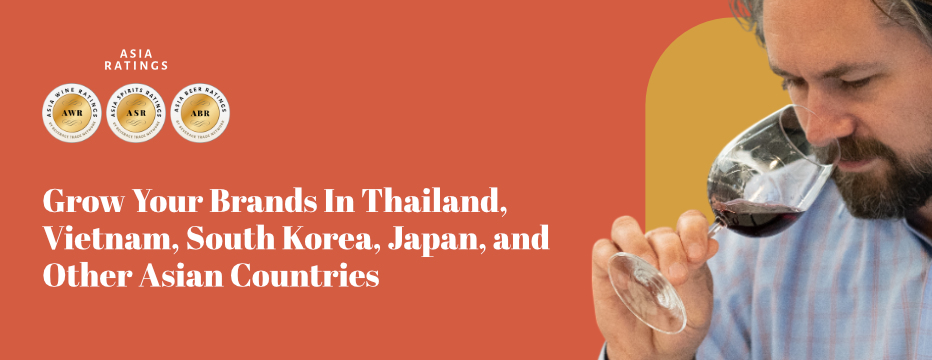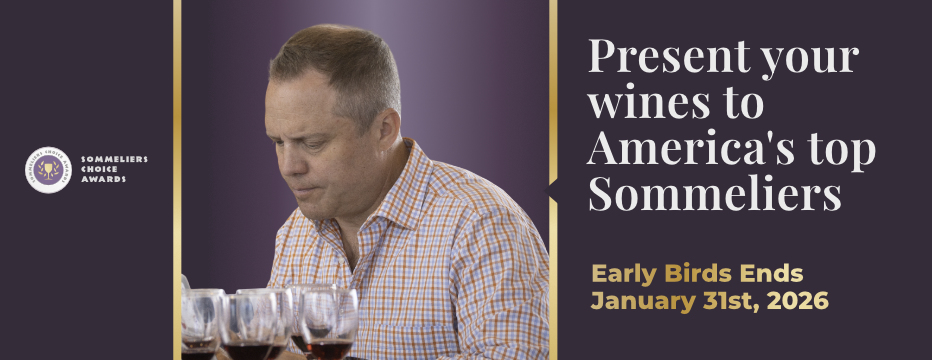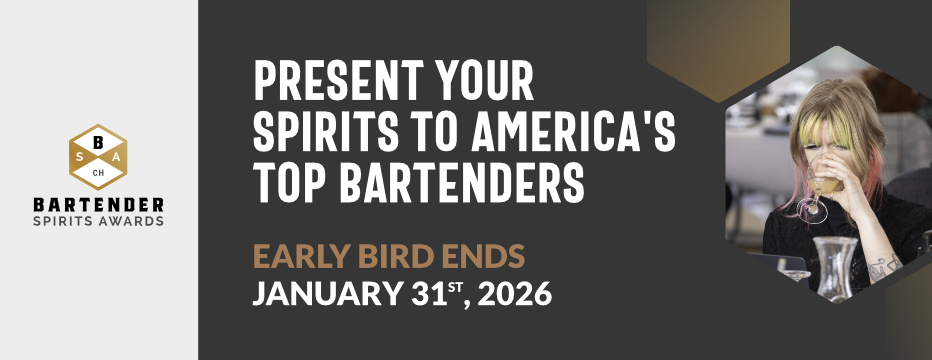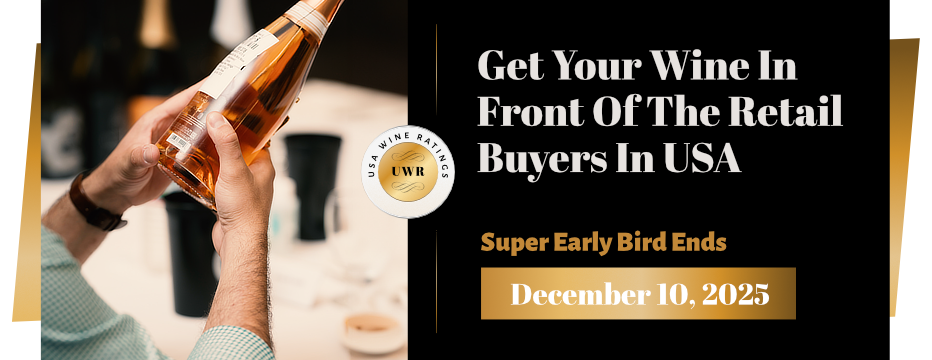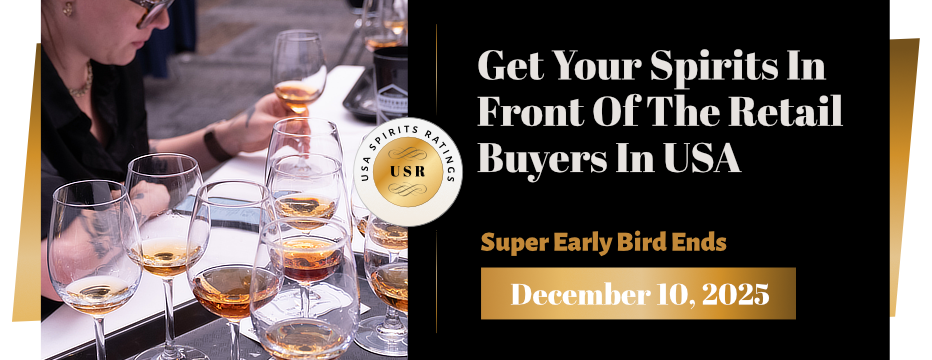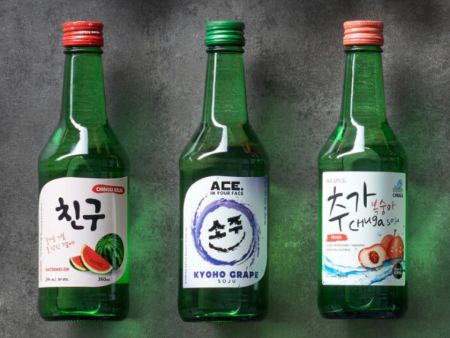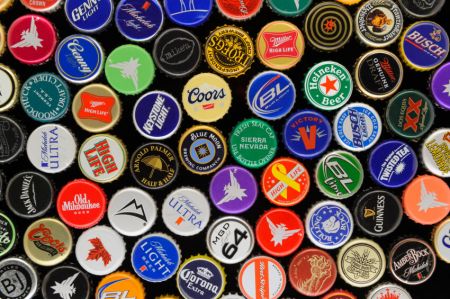Sommeliers Choice Awards 2025 Winners
Rioja’s Global Ambitions: A Conversation with Fernando Ezquerro
DOCa Rioja’s president discusses vineyard classification, exports, and wine tourism.
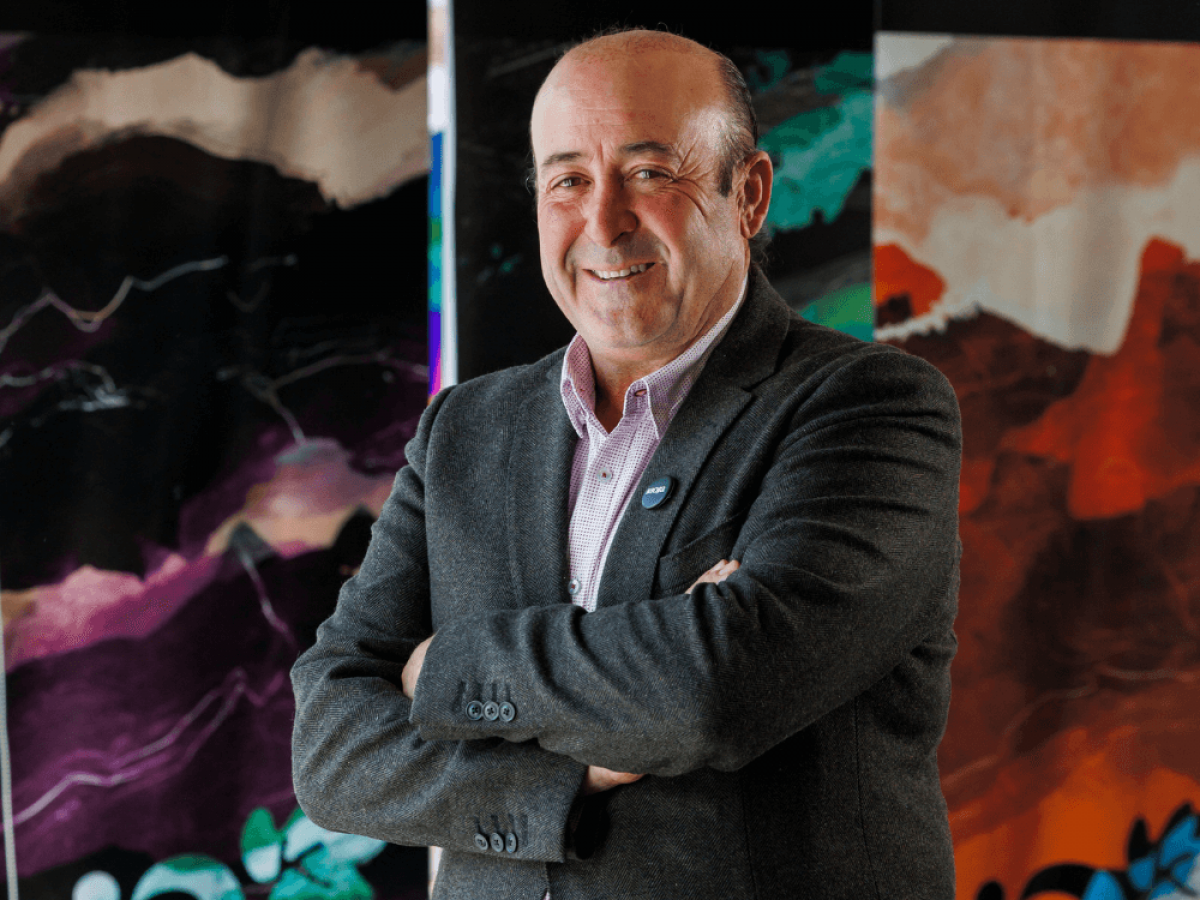
For over a century, DOCa Rioja has been a benchmark for quality Spanish wine, rooted in tradition while constantly evolving to meet new market demands. As one of the world's most recognized wine regions, Rioja has expanded its global presence, adapted to shifting consumer preferences, and embraced technological advancements to ensure the long-term sustainability of its vineyards.
Fernando Ezquerro took over as the President of the Control Board of DOCa Rioja in 2021. Under his leadership, the region has strengthened its classification system with the expansion of Viñedos Singulares, reinforced its export strategies amid economic uncertainty, and positioned Rioja as a leader in wine tourism. With a focus on growing the region in established and emerging markets, Ezquerro shares insights into how Rioja is maintaining its reputation while shaping the future of Spanish wine on the global stage.
"Viñedos Singulares" highlights unique vineyards. How has this initiative impacted Rioja's wine classification and consumer perception?
The figure of "Singular Vineyard", as well as "Vinos de Pueblo" and "Viñedo en" has meant a return to the origin, highlighting the terroir of Rioja, highlighting exceptional plots. This distinction also protects and preserves these very special vineyards that form part of the DOCa Rioja's winegrowing heritage.
With the incorporation in 2024 of 14 new Single Vineyards, Rioja now has 162, which demonstrates the consolidation of the project. Rioja wines from Singular Vineyards have managed to carve out a niche for themselves in the market, being increasingly valued by experts who appreciate the effort to preserve vineyards with a unique character, and that guarantees a very particular distinction, such as a plot or a specific vineyard, in each bottle.
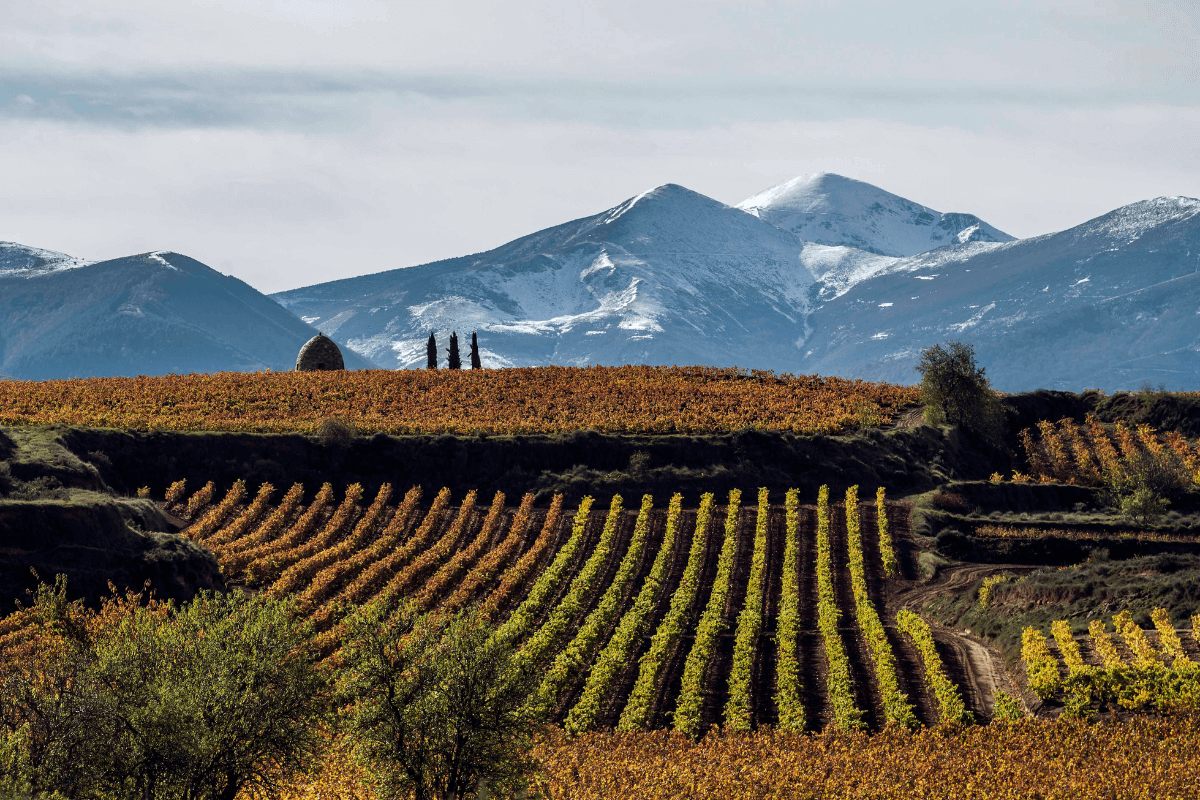
Image: Badaran,San Lorenzo in Rioja Alta.
Exports now account for 40% of all Rioja shipments, with the UK, Germany, and the US being significant markets and the USA being the most important. What strategies have been most effective in establishing and maintaining Rioja's presence in these countries?
With the remarkable growth of DOCa Rioja exports, up 4.42% in 2024, in a particularly negative context, with a worldwide fall in wine consumption and a decline in domestic exports of D.O. wine, the Designation has consolidated its presence in key markets such as the United Kingdom (+12%) and the United States (+17%), where interest in Rioja wines continues to grow. In this context, as I have said, it is significant that Rioja has managed to increase its sales to over 98 million liters marketed in 135 countries.
Part of this result is due to the confidence of consumers in the quality of Rioja wines, with the work that goes into caring for it, maintaining it and always increasing it, and, undoubtedly, another great reason is the diversity of its portfolio -Rioja has red, white, rosé, sparkling, single-varietal, Single Vineyard, village, aged and non-aged wines... The rich diversity of the Appellation, coupled with the highest quality, are undoubtedly great strengths, allowing it to offer options that adapt to the changing demands of international consumers and consumer trends.

Image: Rioja wines are being tasted by international consumers.
Given the global economic challenges, how has DOCa Rioja managed to maintain its market share, especially with red wines holding above 38% in Spain and white wines experiencing growth?
As I mentioned, despite the challenges of the global market, the appellation continues to consolidate its leadership in Spain and strengthen its international presence, thanks to its firm commitment to quality and diversity. This focus on variety, together with its constant commitment to excellence, has enabled Rioja to position itself as the trusted brand, consolidating its prestige and making it the benchmark for quality Spanish wine.
Rioja reds maintain their leadership, while whites continue to gain prominence. This is so much so that Rioja is already the second-largest wine region in Spain in terms of white wine production and commercialization, indeed.

Image: Toasting red wine.
With the rise of wine tourism, how is DOCa Rioja leveraging this trend to enhance its global brand presence and consumer engagement?
Rioja is not only "taking advantage" of the wine tourism trend: in Spain, at least, it is leading the way, it has been a pioneer in developing wine tourism, and is currently the Designation of Origin in Spain that receives the most visitors (almost 900,000 in 2023, with 33% of international visitors, we do not yet have data for 2024, which will be available soon. We do not yet have the data for 2024, which will be available soon), the one with the most wineries open for anyone who wants to visit it (204 of the more than 600 in the appellation), the one which offers the most different plans (on average, the wineries in Rioja offer three different plans each), and a clear international benchmark.
We apply the same high standards we apply to the quality of our wines to wine tourism, which helps to reinforce our global presence and connect with consumers in a different way.
We pride ourselves on being able to offer unique experiences, in which visitors of any age can enjoy a unique landscape in Spain, travel through centuries of wine making history, and delight in the local gastronomy and, of course, one of the best wines in the world. Tasting a Rioja in its native land is, without a doubt, an essential experience for every wine lover.
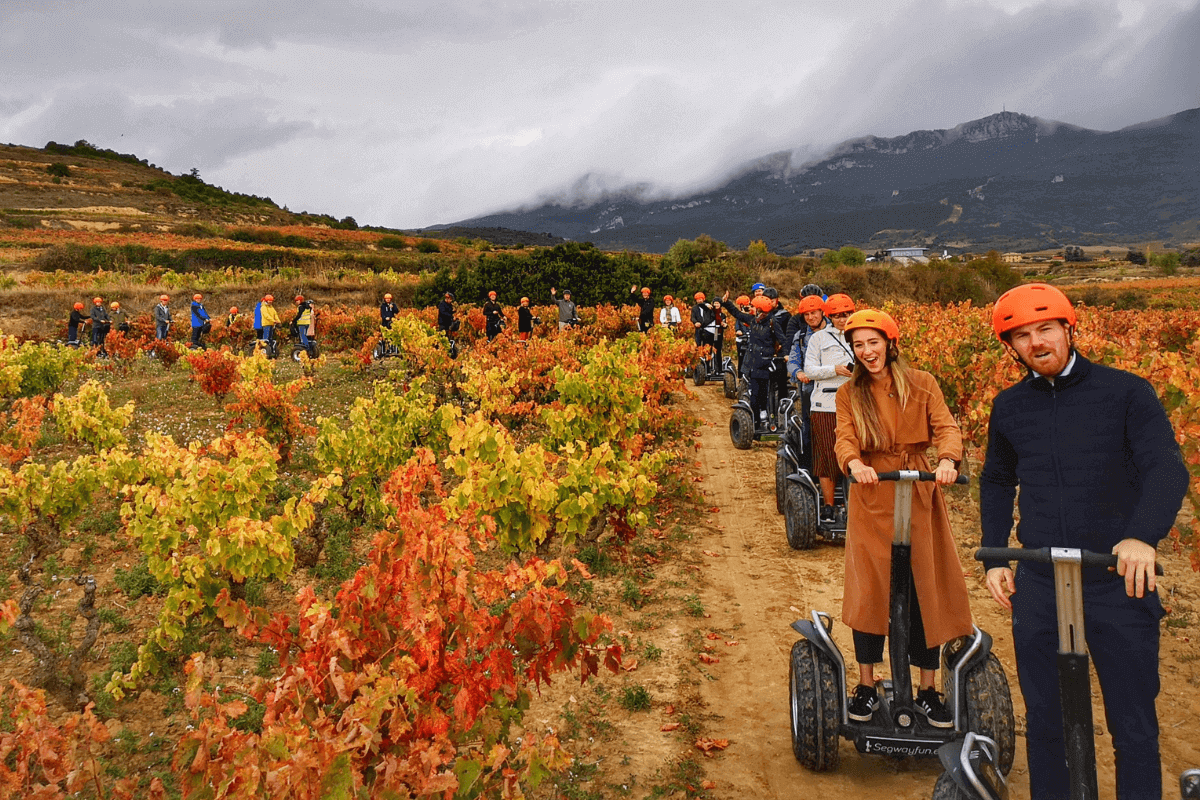
Image: Segway between vineyards.
Can you share any recent technological or methodological advancements that DOCa Rioja has adopted to stay ahead in the global wine market?
The DOCa Rioja continues to be a benchmark in innovation applied to the countryside and has also set out to lead in this area, with projects such as DATADOC, which uses advanced technology to monitor and evaluate the impact of climate change in the Wine Region. Through sensorized plots and agroclimatic stations, the project collects real-time data on factors such as temperature, humidity, and rainfall, allowing agronomic practices to be adapted to the new climatic conditions. This is of vital importance in order to propose specific agronomic strategies (such as the use of different types of soils or an increase in planting altitude), which will allow the Riojan vineyard to adapt to the climatic conditions.
The pioneering project that we have been developing for years, the predictive model for monitoring the vineyard, which helps DOCa Rioja winegrowers and the technical team of the Board in their work of monitoring, managing, and predicting vineyard production, supported by reach technology and Artificial Intelligence, helps us to position ourselves as a benchmark in this area. The pioneering project we have been developing for years, the predictive vineyard monitoring model, which helps winegrowers and the technical team of the Board in their work of monitoring, managing,g and predicting the production of vineyards using range technology and Artificial Intelligence, helps us to position ourselves as a benchmark in this area.
The system is fed by different data sources, such as the study of the history of previous campaigns, climatological and meteorological information - with pluviometric and thermal variables, hours of sunshine, etc. - as well as multispectral satellite images, analyzing and interrelating a large amount of data and variables that allow a great increase in accuracy. as well as multispectral satellite images, analyzing and interrelating a large amount of data and variables that greatly increase accuracy, although the human team is essential, i.e. the final validation of the data obtained by the team of field technicians.
The use of this predictive system makes it possible to cover the entire surface area of the Wine Region, plot by plot, increasing the efficiency of the current model and optimizing resources, and seeking, in short, the maximum qualitative development of the final product, which is Rioja wine, at all stages of the process.
The Control Board's Tasting Panel has also recently been optimized, relying mainly on technology and digitalization.
These projects are part of the DOCa Rioja Control Board's commitment to digitalization and innovation, as well as to sustainability, fundamental pillars of the Control Board's Strategic Plan, always with the aim of guaranteeing the excellence and quality of our wines.
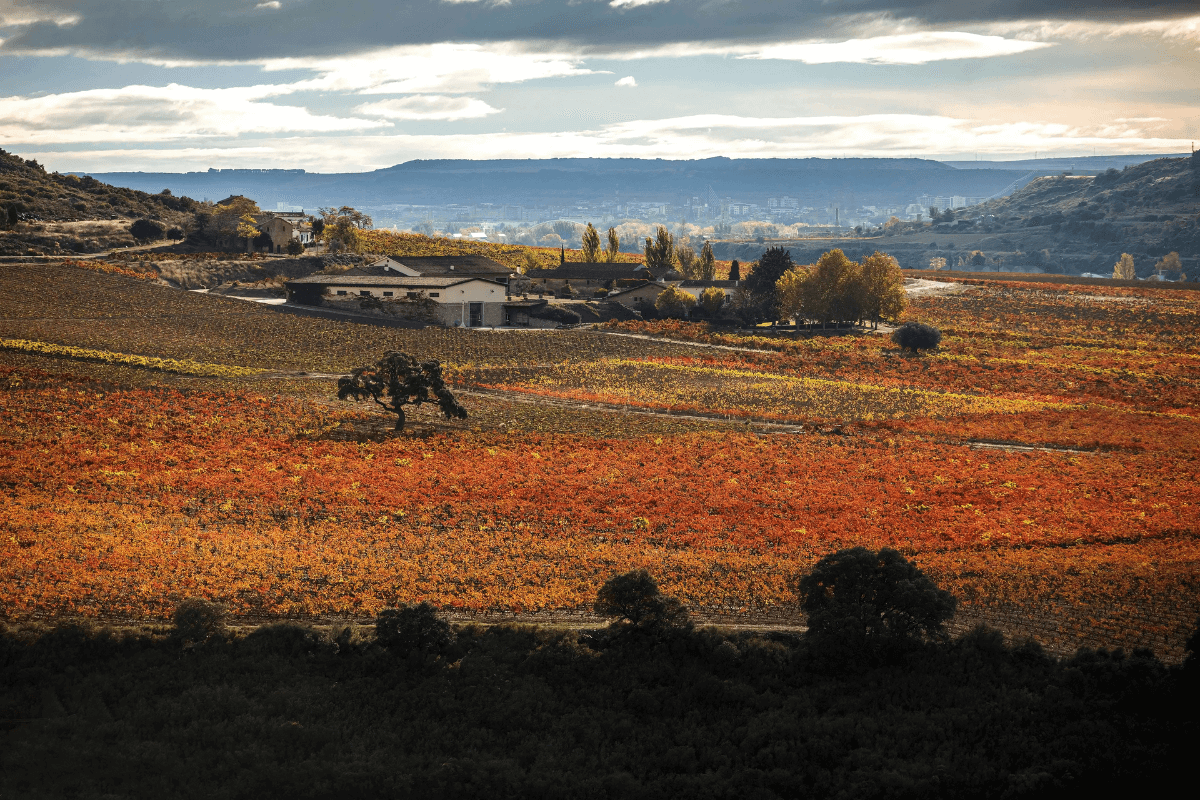
Image: Contino landscape.
Looking ahead, what are the primary goals for DOCa Rioja in the next five years, especially concerning global expansion and adaptation to market trends?
Rioja must continue to be the favorite wine of Spaniards, the wine most chosen by domestic consumers, while consolidating our position as an international benchmark in the global market, especially in key markets such as the United Kingdom and the United States, where demand continues to grow.
Our objective remains clear and, as we face the future and the challenges it will bring, we will focus on what we do best and what we have been demonstrating for more than 100 years, which is to produce high-quality wines. Our mission will be to continue adapting to new trends without losing our essence, in order to be able to celebrate another 100 years feeling the same satisfaction as we do now when we look back, that of having contributed to the development of a region by producing one of the best wines in the world.

Image: Toasting red wine in London.
Conclusion:
As Rioja looks ahead, the challenge remains clear: to evolve without losing its essence. By maintaining its deep-rooted commitment to quality, embracing new technologies, and expanding its global reach, DOCa Rioja continues to set the standard for Spanish wine.
From the preservation of unique vineyards to cutting-edge predictive monitoring systems, the region is demonstrating that tradition and innovation can coexist. With its wines gaining traction in key international markets and its white wines carving out a larger share of production, Rioja is proving its ability to adapt while staying true to its identity.
Ezquerro’s vision reflects a pragmatic but ambitious path forward—one that ensures Rioja remains a benchmark of quality and tradition for generations to come.
In conversation with Malvika Patel, Editor and VP, Beverage Trade Network
[[relatedPurchasesItems-61]]
Also Read:
Guiding Spain's Wine Industry to Global Excellence: Insights from Susana García Dolla
Spain’s Rapidly Transforming Sparkling Wine Scene
Current Prospects for the Spanish Wine Industry: A Focus on Bulk Wine

